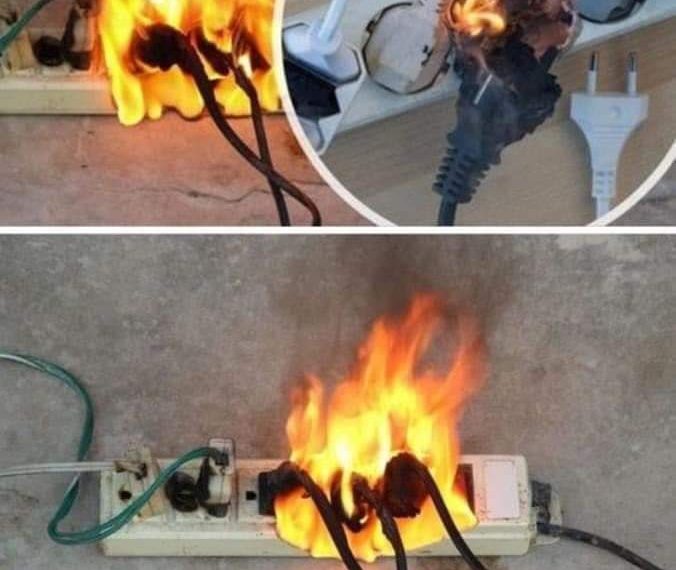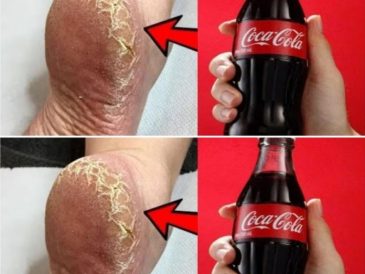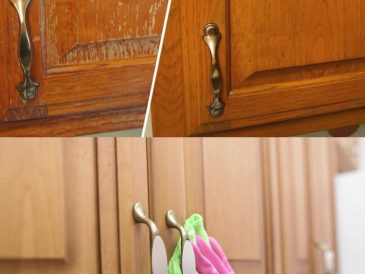Power strips are incredibly convenient, allowing us to power multiple devices from a single outlet. However, there are certain items that should never be plugged into a power strip, as doing so could lead to dangerous overheating, fires, or even electrical malfunctions. If you love someone, make sure they know the risks. Sharing this article could potentially save their life.
Here are 9 things you should never plug into a power strip:
1. Space Heaters
Space heaters draw a lot of power and can quickly overheat a power strip, potentially causing a fire. Always plug space heaters directly into a wall outlet to handle their high wattage safely.
2. Refrigerators and Freezers
These appliances require a steady amount of power, and plugging them into a power strip can cause voltage fluctuations. A drop in power could damage the appliance or cause it to shut down, leading to spoiled food and even electrical hazards.
3. Microwaves
Microwaves use a significant amount of electricity and should never be plugged into a power strip. The high wattage can overload the power strip, potentially causing overheating or even an electrical fire.
4. Coffee Makers
Like microwaves, coffee makers need a lot of power to function properly. Plugging them into a power strip increases the risk of overloading, which can damage both the coffee maker and the strip, potentially leading to a fire.
5. Toasters and Toaster Ovens
These small kitchen appliances produce heat and require high power output. Power strips are not designed to handle this kind of power, and plugging a toaster into one could result in overheating, melted cords, or worse—a fire.
6. Hairdryers and Curling Irons
Personal grooming devices like hairdryers and curling irons generate heat and consume a lot of electricity. Plugging them into a power strip can lead to overheating and pose serious fire hazards, especially if they are used alongside other high-energy devices.
7. Portable Air Conditioners
Air conditioners, especially portable ones, require more power than most outlets can safely provide via a power strip. Always plug your air conditioner directly into a wall outlet to avoid overheating the strip or causing a power surge.
8. Washing Machines and Dryers
These large appliances use a substantial amount of electricity, especially during their heating cycles. They should be plugged directly into dedicated wall outlets. Power strips cannot handle the power load required by these machines and may lead to electrical fires if used.
9. Sump Pumps
If your home has a sump pump, never plug it into a power strip. These pumps are crucial for preventing water damage, and any power fluctuations caused by a strip can compromise their operation. Always plug sump pumps directly into a wall outlet to ensure they work reliably.
Why It’s Important to Follow These Guidelines
Plugging high-energy appliances or devices into a power strip can lead to electrical overloads, overheating, or even fire. Most power strips are not built to handle the wattage and electrical load that these appliances require, so always use a wall outlet or a dedicated circuit for high-power devices.
Power strips are designed for low-wattage items like phone chargers, lamps, or small electronics. Misusing them by plugging in high-energy devices can put your safety—and the safety of your loved ones—at serious risk.
Love someone? Share this article with them. You may very well save their life by helping them avoid electrical hazards at home. By being mindful of how power strips are used, you can keep your home safe and prevent potentially dangerous situations.





1 Comment
Some power strips are built to handle the wattage and electrical load that these appliances require; you need to make sure yours has the correct rating.